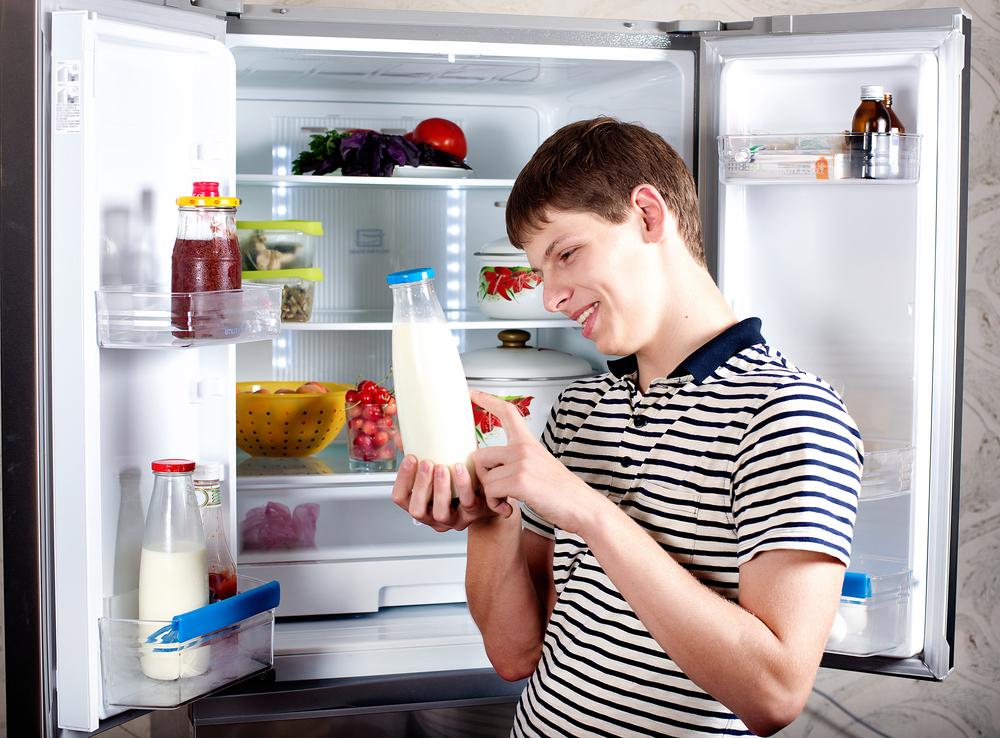
4 Safety and Hygiene Tips for Refrigerating Foods
Refrigeration is an indispensable element of any modern kitchen. Keeping food cold helps increase its shelf-life and prevents bacteria from growing. Bacteria in food can often multiply to an extent where it is detrimental to our health and lead to food poisoning. Therefore, knowing the right way of refrigerating foods is extremely important to increase their shelf-life and prevent them from going bad. To that effect, here are some tips for hygiene and food safety while refrigerating foods.
1. Right placement on shelves
Believe it or not, there is a way to correctly refrigerating foods by placing them on the shelves. For instance, the door shelves are the warmest part of the refrigerator and not suited for milk cans. You can place fewer perishable items here like mustard sauce, ketchup, juice, and eggs. The utmost shelf is best-suited for dairy products such as butter and cheese, as this shelf has the most consistent temperature. Cold air has a tendency to sink and, therefore, the bottom shelf is the coldest. Use this space to store leftover food, but do make sure you remember to take it out and consume it before it gets stale. Most refrigerators also come with crisper drawers that are ideal for storing vegetables. These crisper drawers often have humidity settings so that you can customize your refrigerator settings to what works best for you.
2. Temperature setting
The ideal temperature for refrigerating foods should be set at 40°F. Most modern refrigerators come with in-built thermometers so that you can keep a tab of the temperature settings. If your fridge does not have an in-built thermometer, you can invest in an external appliance thermometer. In case of a power outage, if food has been at temperatures higher than 40°F for more than 2 hours, avoid consuming it. Additionally, avoid opening and closing the fridge doors too often so that you can maintain ideal temperatures. Also, always make sure your fridge door is tightly sealed.
3. Knowing what to do when manually defrosting
Most refrigerators come with an automatic defrosting feature, but some single-door refrigerators still need to be manually defrosted. In this case, remember to make arrangements to keep cold and frozen foods chilled with the help of an ice-box. Always use the refrigerator’s natural mechanism to defrost. Using any external electrical heating devices can damage the refrigerator’s mechanism.
4. Tips for cleaning the refrigerator
Wipe up any spills to prevent foul odors from lingering in your food. Use a soft cleaning sponge and soapy water to clean. Avoid any harsh cleansers with chemicals that may leave a sharp odor in your refrigerator. An additional tip to keep pungent odors out of your refrigerator is to keep an open box of baking soda. The condenser coil should also be cleaned at least three to four times a year to keep it in good working condition.


